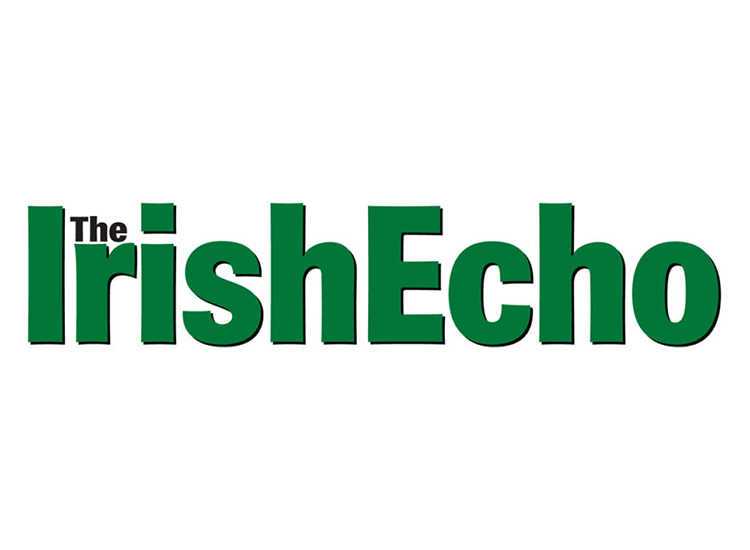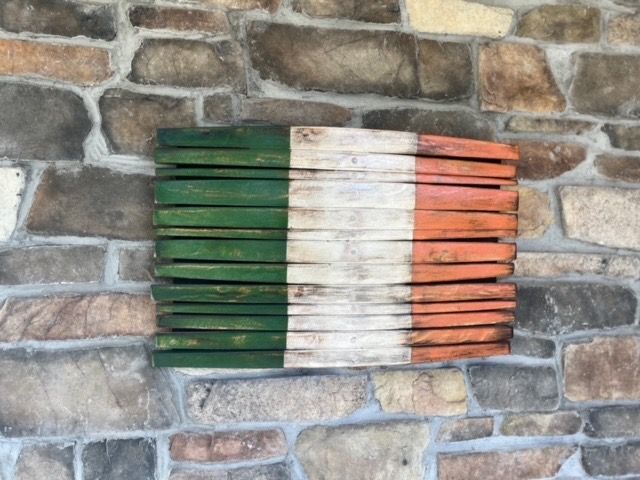The Bronx courthouse
By Ray O’Hanlon
rohanlon@irishecho.com
The New York St. Patrick’s Day Parade marches on an avenue that is nothing less than a straight line.
But the affairs of the parade are lately tortured and are proceeding on a route that, to say the least, twists and turns.
A Bronx judge, Alexander Hunter, was expected to issue an opinion on the parade state of affairs by the end of June, but at time of writing, no word has come from the courthouse on the Grand Concourse.
But words have continued to flow in a dispute which broke out into the open precisely one year ago, this after a June 30, 2015 meeting of the parade board called by board chairman, Dr. John Lahey.
Not present at that meeting was the parade and celebration committee chairman, and longtime public face of the annual celebration of St. Patrick, John Dunleavy.
A subsequent court filing by Mr. Dunleavy along with various statements and press releases have taken issue with the legality of that meeting.
The board has countered that the gathering, in which some board members participated via telephone, was perfectly legal and within the bounds of parade rules.
Over the past year, the world of the parade has witnessed a widening rift between warring parties, though the actual parade in March appeared to bring all together behind the person of Grand Marshal George Mitchell.
But the seeming harmony of parade day was deceptive.
Behind the scenes all was not well.
Indeed, it was not necessary to look behind given the flow of out front press releases, statements, legal writs and leaks.
At its heart, the battle over the parade may well be over something that is hard to grasp in a physical sense.
Sure, there have been accusations of misspent funds, a division over broadcasting rights, and a split over which group should actually have the bigger say in the running of the parade – the board or the committee.
The publicly aired battles have, ironically perhaps, sidelined to a considerable extent the longest running dividing line in the parade’s world – that being participation of an identifiably gay marching group.
Two LGBT groups, one of them identifiably Irish, took part in the 2016 parade and the sky didn’t fall.
But up in the Bronx, in the courthouse made even more famous in “Bonfire of the Vanities,” the sky has looked very dark indeed.
As June reached its midpoint and expectation rose regarding a response from Judge Hunter to papers filed on behalf of both Mr. Dunleavy and Dr. Lahey, the board held another meeting at which two new members were appointed.
In another time, the appointment of Tommy Smyth and Reilly Dundon to the board would not have raised an eyebrow.
Both men have been parade stalwarts for many years. Mr. Smyth is a former grand marshal and is part of the WNBC parade broadcasting team every March 17th.
But it was not so much who was appointed as the actual act of appointing that resulted in a strongly worded letter from Mr. Dunleavy’s attorney, Francis X. Young, to Judge Hunter.
That letter, dated June 15 reads in part: “Dear Judge Hunter: I write to you as counsel for the Plaintiffs in the above matter. You may remember that we appeared before Your Honor on May 26, 2016 for oral argument on applications of Plaintiffs and Defendants.
“This entire litigation originates from an illegal board meeting conducted on June 30, 2015 when Defendant Lahey called an unauthorized board meeting while the Plaintiff John Dunleavy was away in Ireland.
“Defendant Lahey’s actions leading up to and at the June 30 meeting grossly violated several provisions of the By-Laws and New York State not-for-profit law.
“We have since brought several Orders to Show Cause before Your Honor seeking temporary restraining orders and preliminary injunctions against Defendant Lahey to prevent him from restructuring the Parade Board and Corporation until this Court renders its decisions.”
The letter refers to subsequent board meetings and attempts to hold such meetings in October and December of last year.
It refers to the recent June meeting, at which the two new members were appointed, as being “another illegal board meeting.”
Attorney Young stated that he did not move for a contempt ruling “since the agreements amongst counsel to refrain from altering the composition of the board were not reduced to a Court Order.”
As the parade awaits a judicial response from the Bronx, the feuding parties sit comparatively still in the summer somnolence.
Again, this is deceptive.
The board argues that the parade had to march into the present day, particularly in terms of its governance and the financing of an event that comes under newer and stricter laws pertaining to non-profits.
For those who feel that former parade committee chairman Dunleavy was unfairly shoved aside, the focus is on more ethereal, but no less important aspects of the parade – its history, essence, ethos, Catholicism, the centrality of St. Patrick.
This corner is occupied most obviously by a new parade committee headed by a new chairman, John Tully, and by an ad-hoc pressure and advocacy group, the Concerned Members of Affiliated Organizations.
And by Mr. Dunleavy, who, while no longer centrally involved in the running of the parade, has by no means fully exited the parade stage.
He attended the recent board meeting during which the two new board members were appointed.
According to a report, Mr. Dunleavy voted for Dr. Lahey to continue as board chairman, thus prompting some speculation that the parade rift might be on the mend.
This is not the case.
Mr. Dunleavy actually misheard the motion.
He thought he was actually supporting an outcome that would see Dr. Lahey stepping down as board chairman.
The rift remains.










